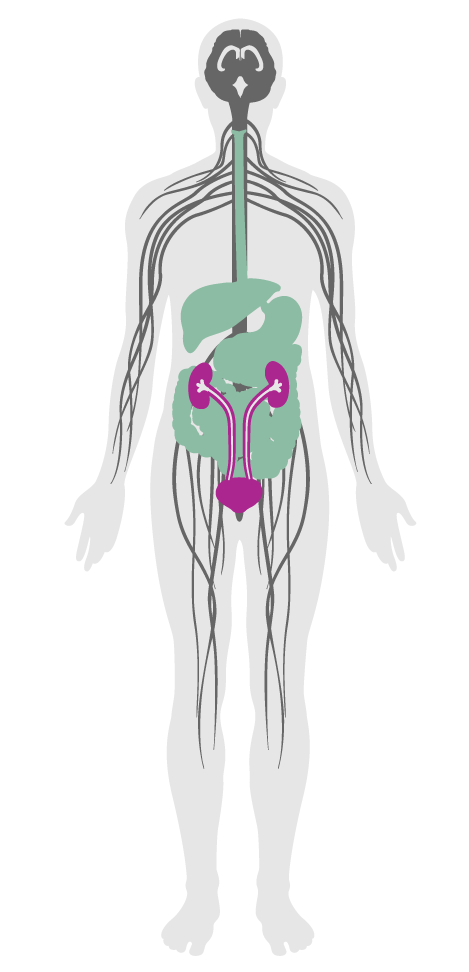Artificial ingredients
- 38 Fruits and vegetables
- 39 Processed foods
- 40 Food allergies
- 41 Hand washing
- 42 Food contamination
- 43 Artificial ingredients
- 44 Nutritional information
- 45 Food advertising
- 46 Safe food preparation materials
- 47 Serving sizes
- 48 Special diets
- 49 Responsible food production
- 50 Food storage
- 51 Food production
- 52 Mindful eating
- P1 Food environment
- P7 Strategic Dining Design
43. Artificial ingredients
To help occupants avoid artificial colors, sweeteners and preservatives in food.
Numerous artificial ingredients are typically added to highly processed foods to improve taste and extend shelf life. However, some people may be sensitive to these ingredients, such as sulfites, which can lead to breathing problems in individuals with asthma. Since these additives do not add nutritional value to a food, and tend to appear in foods with low nutritional qualities, they should be avoided as often as possible.
All foods sold or provided on a daily basis on the premises by (or under contract with) the project owner are clearly labeled on packaging, nearby menus or signage to indicate if they contain the following:

Applicability Matrix
| Core & Shell | New & Existing Buildings | New & Existing Interiors | |
|---|---|---|---|
| Part 1: Artificial Substance Labeling | O | P | P |
| Commercial Kitchen | Education | Multifamily Residential | Restaurant | Retail | |
|---|---|---|---|---|---|
| Part 1: Artificial Substance Labeling | - | P | P | P | - |
Verification Methods Matrix
| Letters of Assurance | Annotated Documents | On-Site Checks | |
|---|---|---|---|
| Part 1: Artificial Substance Labeling | Operations Schedule | Spot Check |
| 43.1.b |
The CSPI's Chemical Cuisine reports evidence that most flavoring chemicals also occur in nature and are probably safe, but are used almost exclusively in junk foods. |
| 43.1.a |
The CSPI's Chemical Cuisine reports that artificial colorings often suggest absence of fruit and other natural ingredients, and that artificial colorings can contribute to hyperactivity in some children, cause tumors in animals and allergic reactions. |
| 43.1.f |
The CSPI's Chemical Cuisine reports that BHA is classified as "reasonably anticipated to be a human carcinogen" by the Department of Health and Human Services. |
| 43.1.g |
The CSPI's Chemical Cuisine reports that BHT increases the risk of various cancers in animals and has been shown to accumulate in human fat. |
| 43.1.d |
The CSPI's Chemical Cuisine reports that brominated vegetable oil leaves residue in the human body, and in animal studies has been shown to cause heart lesions, changes in the liver, and impaired growth and behavioral development. |
| 43.1.i |
The CSPI's Chemical Cuisine reports that HVP contains MSG and may cause reactions in sensitive people. |
| 43.1.e |
The CSPI's Chemical Cuisine reports that potassium bromate is banned in most countries, but not in the U.S., where it is frequently used in baked goods. |
| 43.1.j |
The CSPI's Chemical Cuisine reports that sodium nitrate and sodium nitrite "introduce only a small risk", but are still worth avoiding. |
| 43.1.h |
The CSPI's Chemical Cuisine reports that studies have found that some people are sensitive to large amounts of MSG and may experience adverse reactions. |
| 43.1.k |
The CSPI's Chemical Cuisine Reports that sulfiting agents destroy vitamin B1 and can cause reactions in people, particularly those who have asthma. |
| 43.1.c |
The CSPI's Chemical Cuisine states that evidence continues to mount that artificial sweeteners negatively impact the digestive microbiome, leading to glucose intolerance and metabolic dysregulation. |
